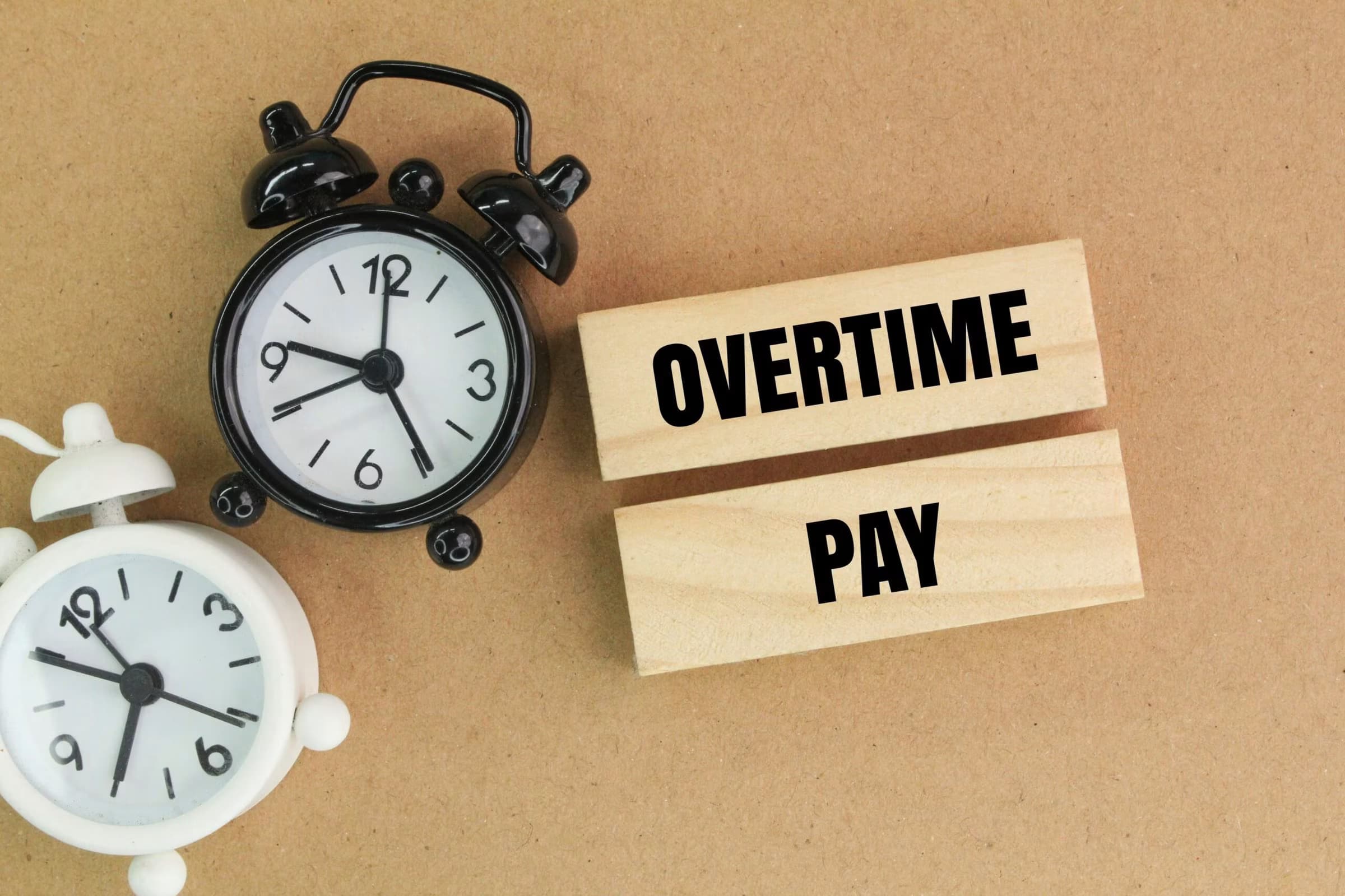
2025-12-28
Key Advantages of Implementing a Virtual Receptionist for Teams

2025-12-27
11 Workforce-Management Platforms That Also Keep Finance Happy

2025-12-27
What Employers Should Know When an Employee Is Arrested

2025-12-27
Retaliation After Reporting Harassment: The Quiet Career Killer

2025-12-27
How Integrated HR Platforms Improve Employee Experience And Cut Administrative Waste

2025-12-24
13 HR Trends That Will Shape 2026

2025-12-23
Structuring Your Garage for Work and Storage Needs

2025-12-23
When the Office Door Closes — Recognizing Boundaries That Protect Dallas Secretaries

2025-12-23
How to Optimize HR Operations with ERP and LMS Integration

2025-12-23
The Role of Physical Activities in Office Success

2025-12-23
What Exempt vs Nonexempt Status Means for Overtime and Pay

2025-12-23